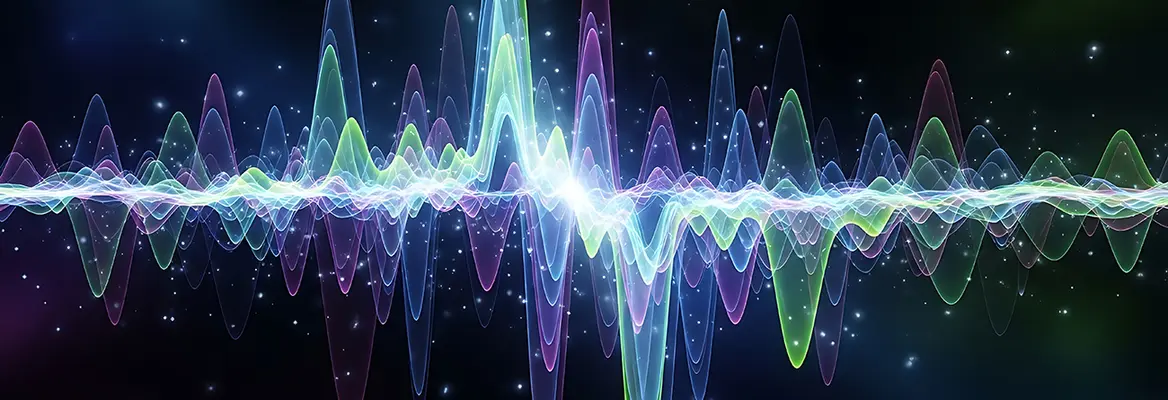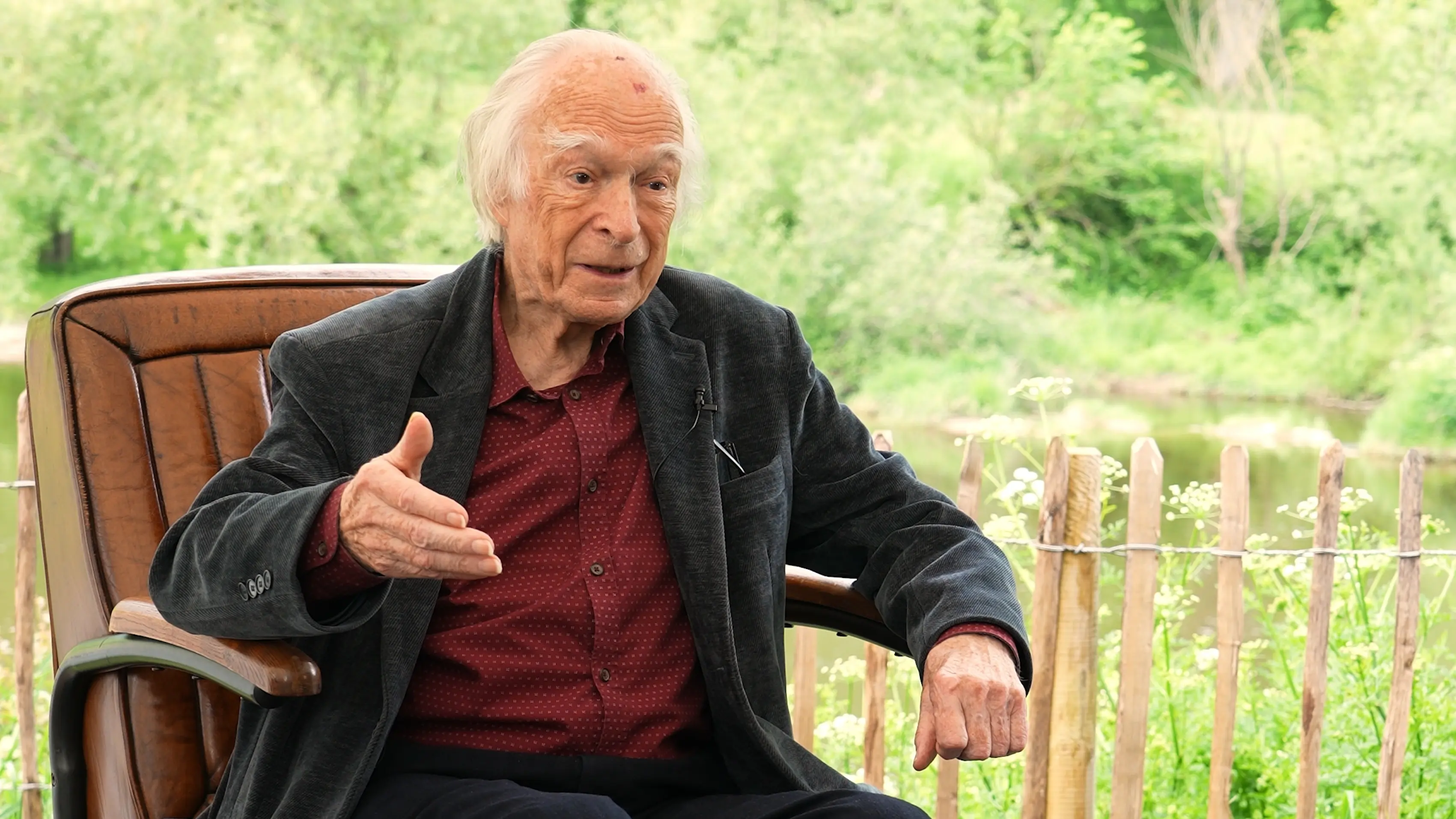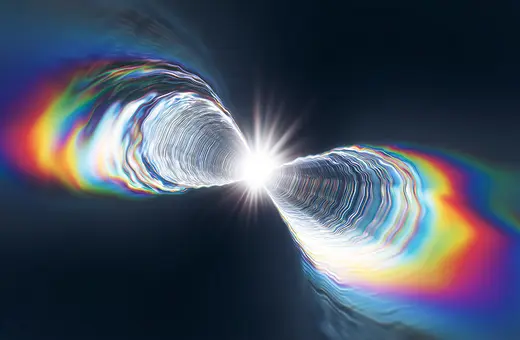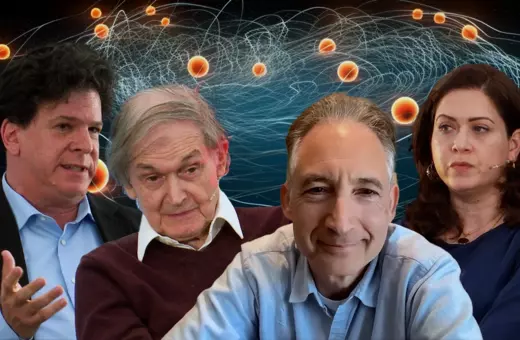Long before physicists defined energy as coming in discrete packets, musicians had already been working with quantised waves. The same idea that underpins quantum mechanics — energy existing in fixed intervals — also governs the harmonic relationships between musical notes. Harvard researcher Bridget Queenan argues that the first discoverers of the quantised nature of the universe may have not been scientists at all, but composers.
As the 19th century drew to a close, a gifted musician ran the only scientific experiments of his career addressing a fundamental concern: Are singers rational or irrational?
To answer this question, the musician analyzed the waves of various frequencies radiating from the physical body known as a “choir” and listened for the underlying mathematical patterns. From studying the spectral distributions of choirs under various conditions, Max Planck concluded in 1893 that singers are irrational (meaning they prefer to do wave math with roots) not rational (meaning they prefer to do wave math with round numbers).
___
Musicians were quantifying the precise relationships between wave frequencies long before physicists got involved.
___
Having abandoned a promising career in music—the systematic study of waves generated by humans—Planck spent the rest of his life thinking about physics—the systematic study of waves generated by Nature. He turned his attention to a new spectral distribution: the electromagnetic radiation released from a “perfectly black” body which absorbs all electromagnetic radiation. The musician analyzed the waves of various frequencies radiating from this theoretical physical body and listened for the underlying mathematical patterns. From studying the spectral distributions of blackbodies at various temperatures, Planck concluded in 1900 that Nature is both irrational and rational: sometimes She does her wave math with mathematical/physical constants that can’t be described as a neat ratio of integers (π, c, h, kB), but sometimes She does her wave math with round numbers (quanta).
SUGGESTED VIEWING Denis Noble on the symmetry of order and disorder With Denis Noble
Symphony in Black: Nature’s wave formula
Planck’s work on blackbody radiation suggested Nature uses a previously unknown irrational number (h), but She uses it reliably. In the case of light waves, Nature follows a shockingly simple formula:
![]()
The human-scale energy (E) of a light wave is related to its frequency (f) by a fixed proportion (h), which physicists think of as the “elementary quantum of action” (“Elementaren Wirkungsquantums”). If you know how a light wave is related to a wave of 1 Hertz, you automatically know its human-scale energy (in Joules). Wave frequency and wave energy have a relationship which Planck described as:
![]()
In quantum mechanics equations, the Planck constant (h) is often normalized to another irrational number (2π) and represented as the reduced Planck constant (h-bar), so it’s important to recognize both forms. It’s also important to recognize that 1 Hertz is 1 second upside-down (1 Hz = 1/ s).
![]()
![]()
![]()
Planck’s numbers help with calculations on paper, but don’t foster much intuition as to what waves are up to in the world. Apparently x1034 Hertz is almost, but not exactly, 1 Joule – those entities are related by ~x1.054. What could this possibly have to do with music?
They Can’t Take that Away from Me: Musicians invented quantal wave analysis






















Join the conversation